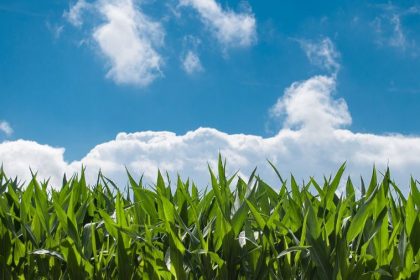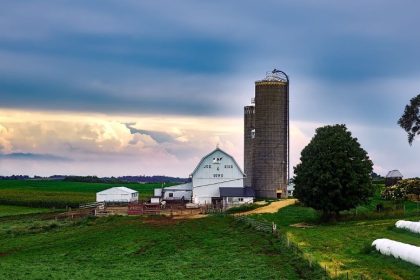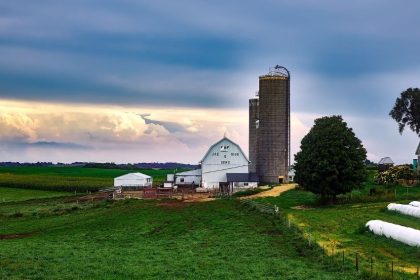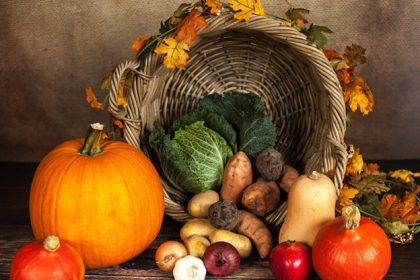Biden Administration Taking Steps to Lower Farming, Food Costs
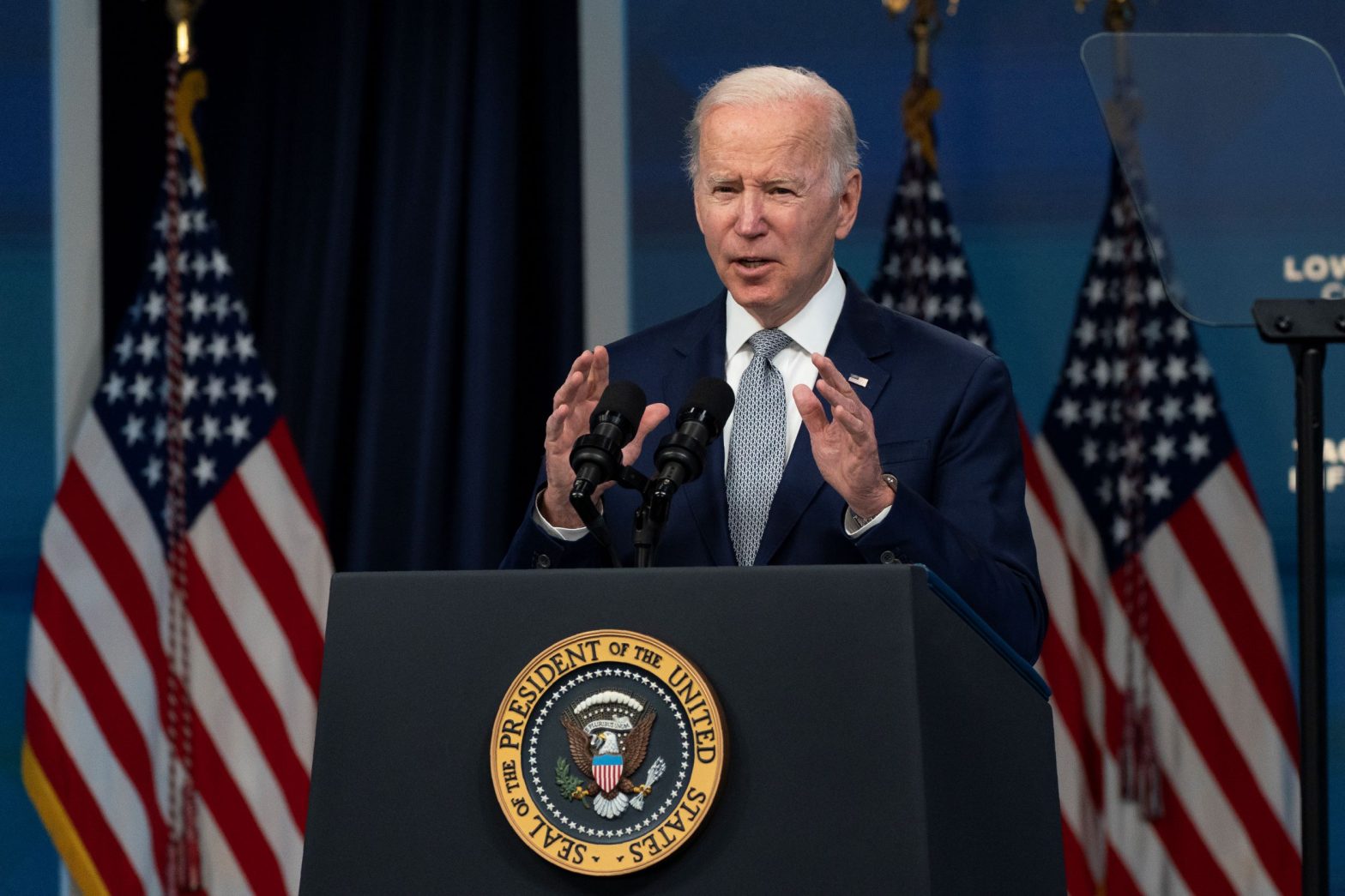
KANKAKEE, Ill. — President Joe Biden is blaming Russia’s invasion of Ukraine for supply chain disruptions that are causing yield-impairing fertilizer shortages and driving up food prices.
The war’s repercussions have sent international food prices to record highs, according to United Nations data. The U.N.’s Food and Agriculture Organization Food Price Index had risen by 12.6% from February to March when it had already eclipsed its highest level since its creation in 1990.
In response, the Biden administration aims to counter the disruptions through a series of steps intended to fortify American food markets. While on a visit to a farm in Kankakee, Illinois, Biden detailed the actions to support the country’s agricultural sector.
“Putin’s unjustified invasion of Ukraine has cut off a critical source of wheat, corn, barley, oilseeds and cooking oil,” administration officials said in a written statement. “It has also disrupted global supply chains for fertilizer, which farmers depend on to maximize yields. These and other actions, combined with the ongoing pandemic-related disruptions to global supply chains, have put pressure on food prices, with global food prices increasing nearly 13% following Putin’s invasion.”
The steps outlined by the Biden administration on Wednesday include:
- Increasing the number of counties eligible for double cropping insurance, allowing farmers to plant a second crop on the same land in the same year to boost yields.
- Boosting assistance for technology-driven agriculture in addition to other nutrient management tools.
- Doubling federal investments for domestic fertilizer production to $500 million.
While April’s price index average was down 0.8% from March, it remained almost 30% higher than it was last year. Ukraine is the world’s largest exporter of sunflower-seed oil, and its ongoing invasion is contributing to a 23.2% increase in the Vegetable Oil Price Index.
Biden also announced an initiative last month to curb soaring fuel costs by expanding the availability of higher biofuel blends of gasoline. The administration will permit the sale of gasoline that uses a 15% ethanol blend over the summer in addition to releasing a million barrels of oil per day from the Strategic Petroleum Reserve over the next six months.
Although E15 contains a lower energy density, meaning the fuel becomes spent more quickly, senior administration officials have said it will still help lower consumer expenses. Americans will be able to purchase the cheaper E15 gasoline from June 1 to Sept. 15 when it is usually banned in order to reduce smog in hot weather, according to the Environmental Protection Agency.
Despite the recent surges in consumer prices and food costs, the agricultural industry posted its highest annual export levels ever recorded last year. Final trade data published by the Department of Commerce in February indicated that exports of farm and food products reached $177 billion, exceeding 2020’s total by 18% and surpassing the previous all-time record by 14.6%.
China was the nation’s top export destination, posting a record $33 billion in purchases as worldwide exports of domestically grown soybeans, corn, beef, pork, dairy, distillers grains and pet food also reached all-time highs. Mexico and Canada, respectively, were the next closest leading export markets for U.S. agriculture products in 2021.
“It’s clear that our international trading partners are responding favorably to a return to certainty from the United States,” Secretary of Agriculture Tom Vilsack said in a written statement. “We owe our thanks to America’s agricultural producers who always work hard to be reliable global suppliers, and the Biden-Harris administration and [the U.S. Department of Agriculture] are fighting hard on their behalf to keep our home-grown products moving around the world.”
Reece can be reached at [email protected] and @ReeceNations

















